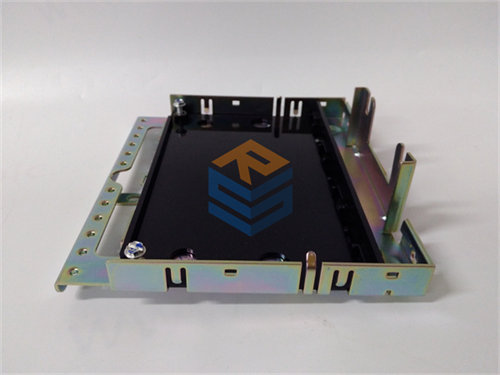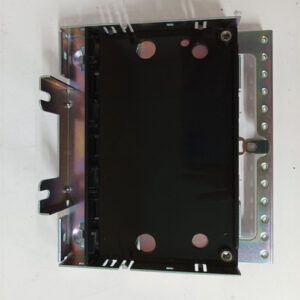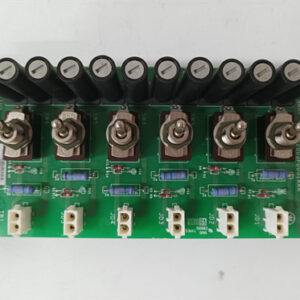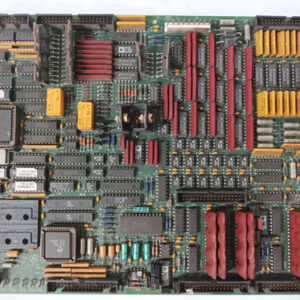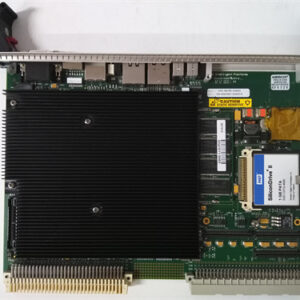الوصف
The GE IS230TNTCH1B is a triple-modular redundant (TMR) isolated thermocouple input assembly for the GE Mark VIe control system. The part number indicates a complete, pre-configured unit with a TBTCH1B terminal board and three PTCCH1B electronic I/O packs. This assembly is designed for highly reliable temperature monitoring using thermocouples.
Key Features
- TMR (Triple-Modular Redundant): This is the most critical feature. The TMR configuration uses three identical I/O packs operating in parallel. A voting algorithm compares the temperature readings from all three packs, ensuring the control system receives the correct information even if one or two modules fail. This redundancy is crucial for preventing a turbine trip or other critical event due to a single component failure.
- Isolated Thermocouple Input: The module is specifically designed to handle inputs from thermocouples while providing electrical isolation. Thermocouples are temperature sensors that produce a voltage proportional to temperature. The isolation feature protects the control system from electrical noise and ground loops.
- Assembly: The part number signifies a complete unit, consisting of both the terminal board (TBTCH1B) where the thermocouple wiring is terminated and the three electronic I/O packs (PTCCH1B) that process the signals.
- Mark VIe Integration: As part of the IS230 series, this assembly is a key component of the Mark VIe control platform, widely used for controlling turbines in power generation and other heavy industries.
Applications
The IS230TNTCH1B is used in mission-critical industrial settings where the accurate and continuous monitoring of temperature is essential for safe operation.
- Power Generation: It is a core component in a turbine’s control and protection system, providing a reliable input for trip logic that shuts down the unit in a controlled manner if an over-temperature condition is detected in a bearing, exhaust, or other critical component.
- Safety Systems: The TMR configuration makes it integral to safety-instrumented systems, where a failure to monitor a temperature signal could result in equipment damage or a safety risk.
- Oil and Gas: In refineries and offshore platforms, it monitors the temperature of critical equipment like pumps, compressors, and reactors to ensure they operate within safe limits.

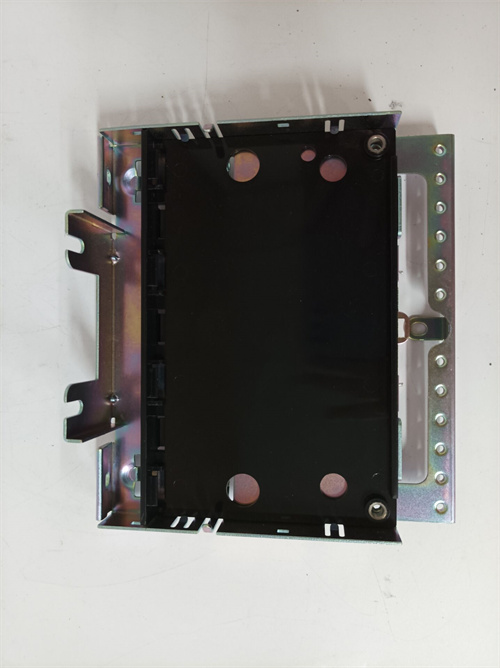
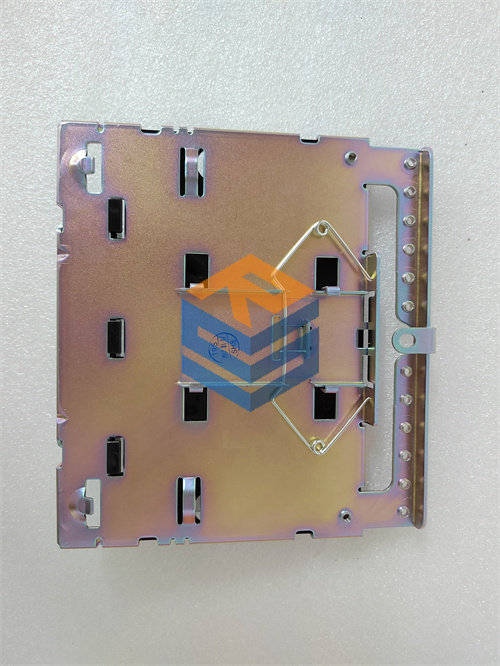

 +86 15340683922
+86 15340683922 +86 15340683922
+86 15340683922